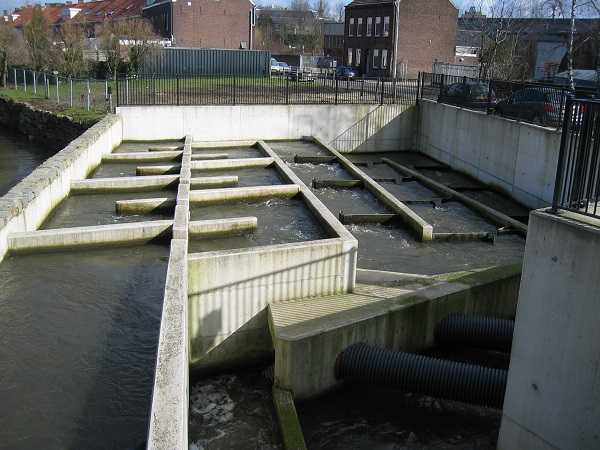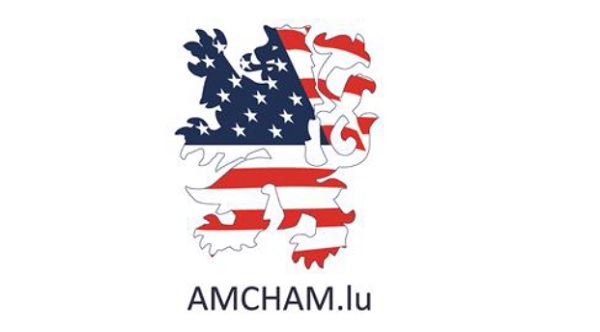
World Fishing Day: Rosport Fish Ladder in €6.5m Renovation
On the occasion of World Fishing Day, this year being celebrated on Saturday 21 May, Luxembourg's Ministry of Sustainable Development and Infrastructures is taking the opportunity to to highlight the requirements of migratory fish
The 10th "World Fish Migration Day" aims to raise awareness of the requirements of migratory fish such as salmon and eels, which have disappeared from our aquatic ecosystems. Due to the discontinuity of our rivers, migratory fish populations are in the balance or even in decline and under great disturbance in relation to their development. The "World Fishing Day" initiative is seeing many events being held around the world, all pursuing the same goal which is to draw attention to problems in rivers due to the presence of obstacles such as dams, hydro-electric power plants, etc.
A set of measures including improvement plans and restoring the continuity of the Sure river, including fish migrating upstream like salmon to their spawning grounds, and the downstream migration of fish, such as eel, to marine waters, are both interrupted by the hydroelectric facilities at Rosport. The Rosport dam plays a major role in this context because it is the first and main obstacle faced by migratory fish accessing Luxembourg waters.
The Rosport dam consists essentially of a movable dam and an intake structure that feeds water through a 970m supply channel, the hydroelectric plant. To enable migration of fish, several measures are planned:
- Firstly, it is necessary to rehabilitate the existing fish pass at the right of the main dam;
- Secondly, the current constructive non-conformities will be eliminated, i.e. the layout and size of the successive basins constituting the fishway. To the right of the plant, the construction of a new fish ladder connecting the output of turbines with the flow of the Sure which will significantly improve fish migration conditions upstream. To compensate for the loss of water for the fish pass, the installation of an additional turbine at the dam, however, will use the hydroelectric potential of these waters and thus reduce the loss of renewable energy.
Regarding better protection of eels during their migration to the sea, some measures have already been implemented during the last decade, in particular road transport of eels intercepted upstream of the hydroelectric plant and released into the Rhine at Koblenz, bypassing the 10 obstacles along the Moselle.
The Minister of Sustainable Development and Infrastructure, François Bausch, still has to agree to the implementation submission of the project in June 2016, so as to start the construction early 2017. The construction period will be about 2 years. The budget for the renovation / transformation of the fish pass is €6.5 million.
Photo by Ingenieurbüro Floecksmühle GmbH, 2007








